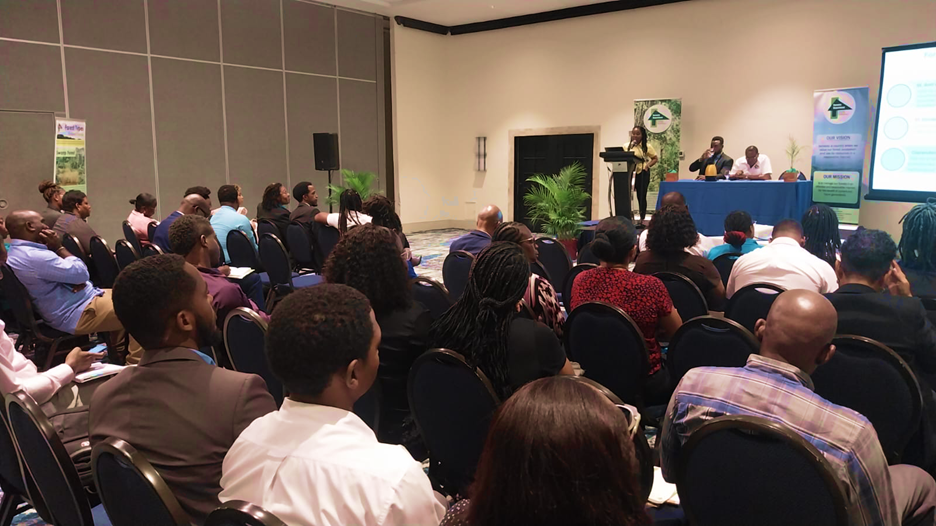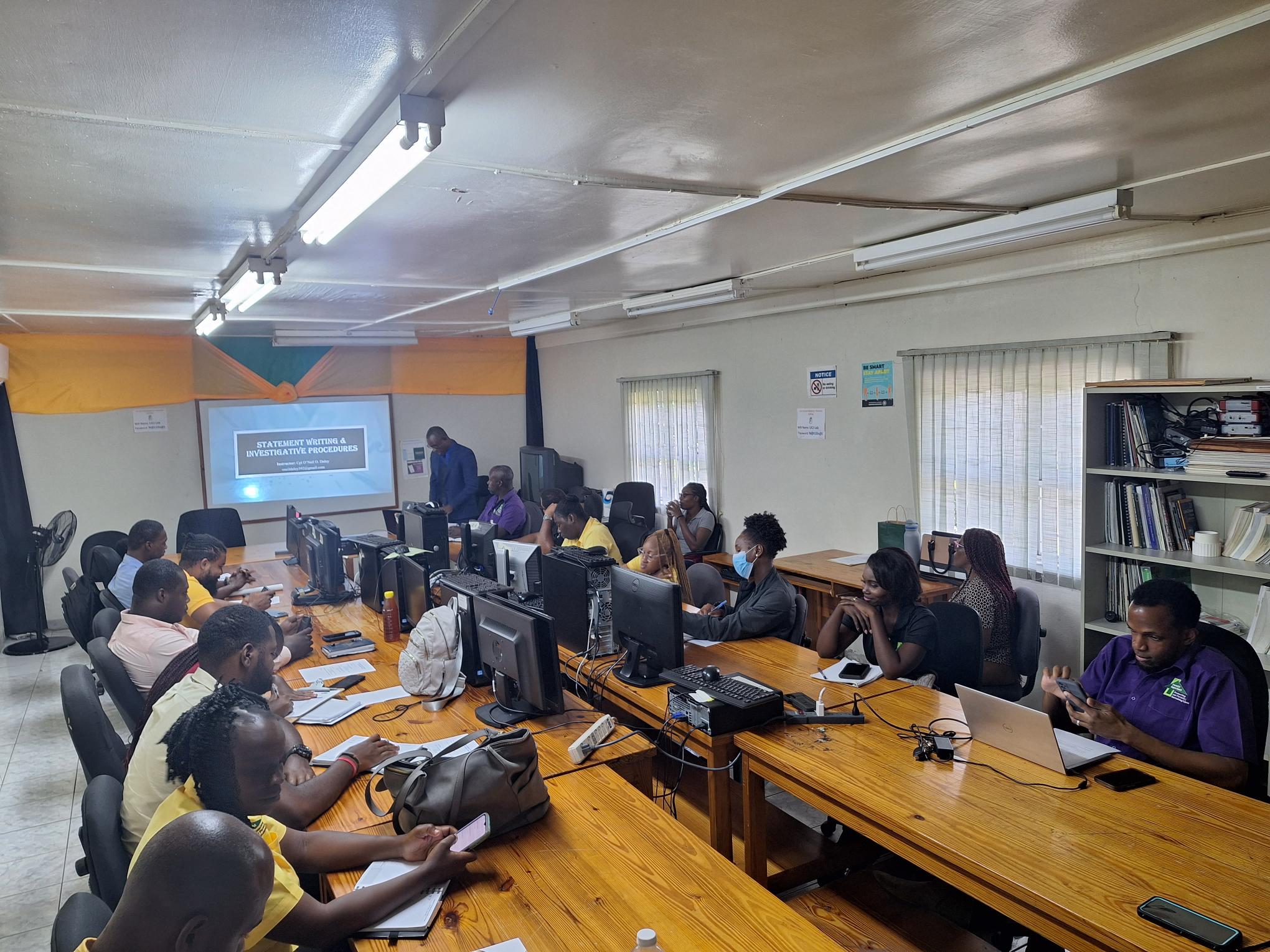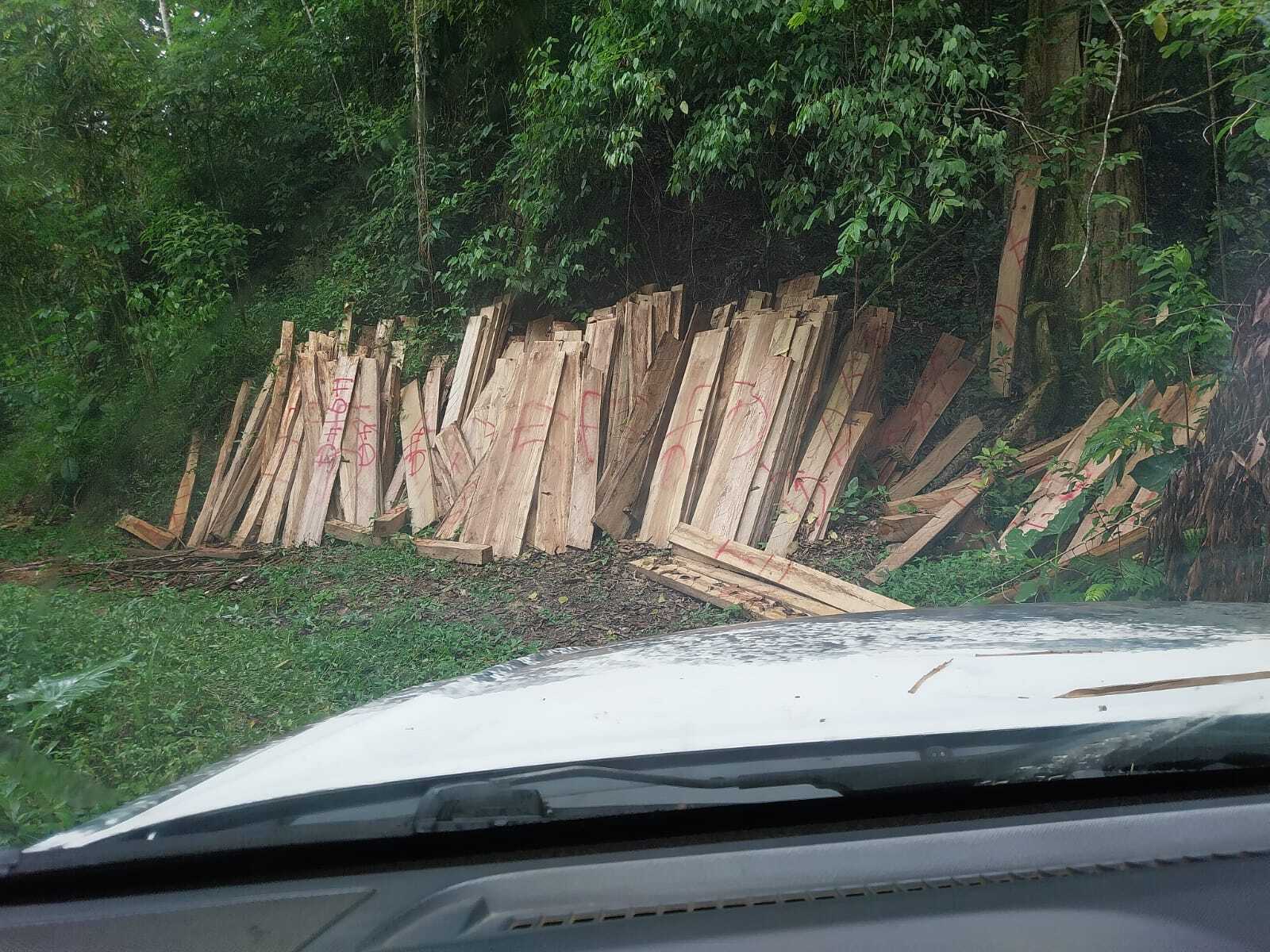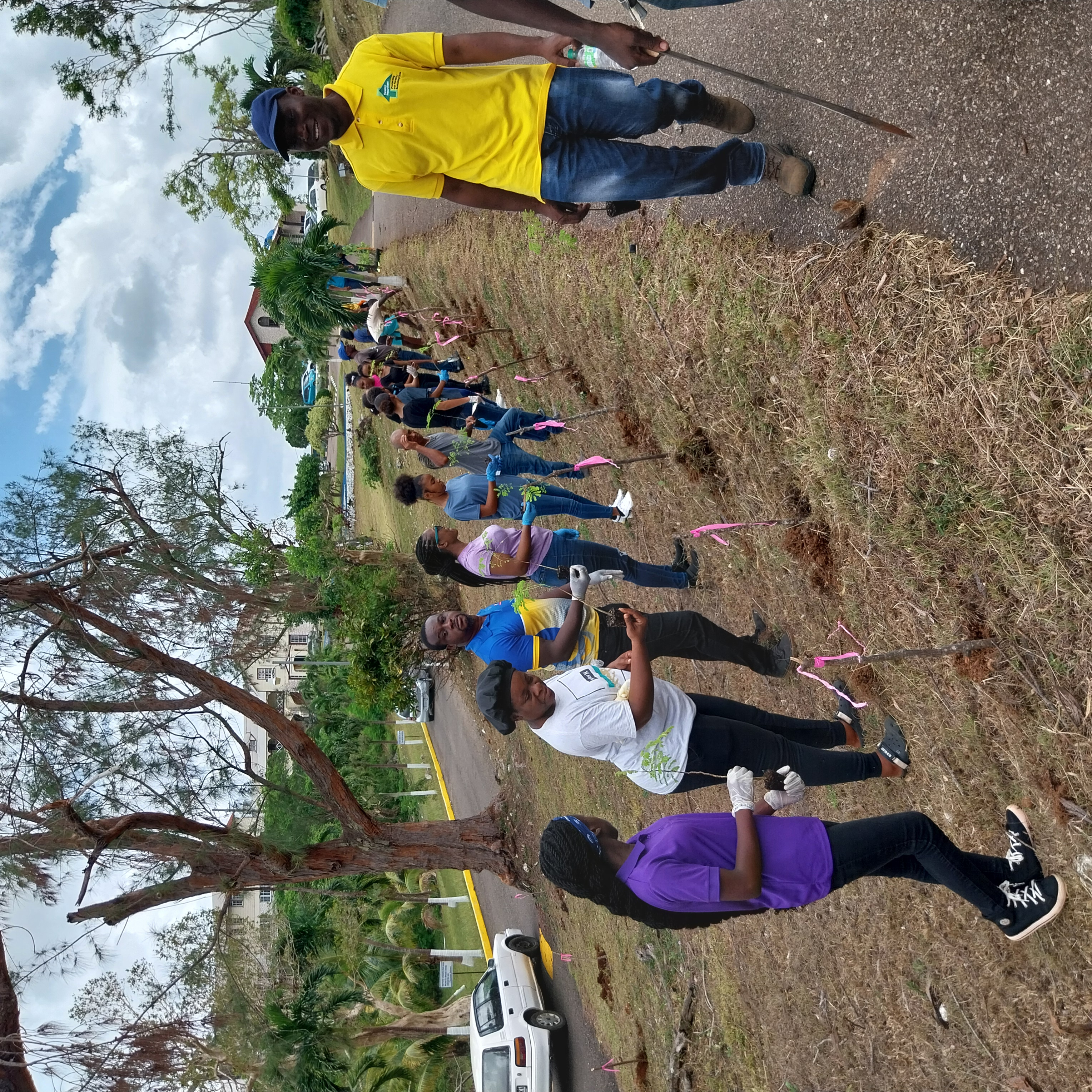Forestry Department records Significant Increase in Jamaica’s Forest Cover
Ahead of the public release of groundbreaking findings on the state of Jamaica’s forests, the scientific arm of the Forestry Department met key stakeholders to share these findings and receive feedback in a validation meeting at the Jamaica Pegasus Hotel, Kingston, on June 26, 2024.
The Land Use-Land Cover Change Assessment (LULCA), which is conducted every ten years, was concluded last year to identify changes in Jamaica’s forest cover between 2013 and 2023.
One of the assessment’s significant findings is the net increase in Jamaica’s forest cover, which moved from 40 to 47.9 per cent. Ms. Stephanie Cameron, Principal Director of Corporate Services, who represented Mr. Ainsley A. Henry, CEO & Conservator of Forests, who is away on duty travel at the 26th IUFRO World Congress, said, “This surge in forest cover not only underscores our commitment to safeguarding and expanding our natural resources but also validates the efficacy of our strategic initiatives and policies, such as the National Forest Management & Conservation Plan and the Forest Policy for Jamaica, 2017.”
When asked whether the advanced technology employed revealed existing forest cover or an actual increase, Ms. Sashel Bennett, the Agency's spatial analyst, confirmed that a “mixture of methodology, technology and the land-use/land-cover matrix”, including remote sensing data (aerial images), geographic information systems (GIS), and field surveys, verified the 7.9% increase.
Ms. Bennett added that the island’s forest cover is growing annually by an average rate of 1.99%, which marks significant progress compared to the previous LULCA (1998-2013) findings, which showed an annual average forest regrowth rate of 0.4% per year and the findings of the first assessment (1989-1998) which, in contrast, reflected a deforestation rate of 0.1%.
Mr. Jumaine Remikie, Senior Director of the Forest Resource Information (FRIM) Branch, disclosed that the parish of Trelawny has the highest forest cover while St. Ann’s deforestation rate has reduced by 11%. In addition, eleven parishes have met the international baseline for forest cover of 30% for urban and peri-urban forests as defined by the Food and Agricultural Organisation (FAO).
Notwithstanding the increase in Jamaica’s forest cover quantity, the quality is decreasing as disturbed broadleaf forests have transitioned to secondary forests due to degradation caused by anthropogenic activities.
Stakeholders present, including the National Environment & Planning Agency, National Land Agency, the Planning Institute of Jamaica, Jamaica Constabulary Force, Northern Caribbean University, Department of Geography and Geology at UWI, Mona, among others, lauded the Forestry Department for a comprehensive report and challenged the Agency to monitor issues such as invasive species and agricultural settlements that could potentially affect forest cover in the future.
The full LULCA report will be released to the public later this year after the peer review is complete.







